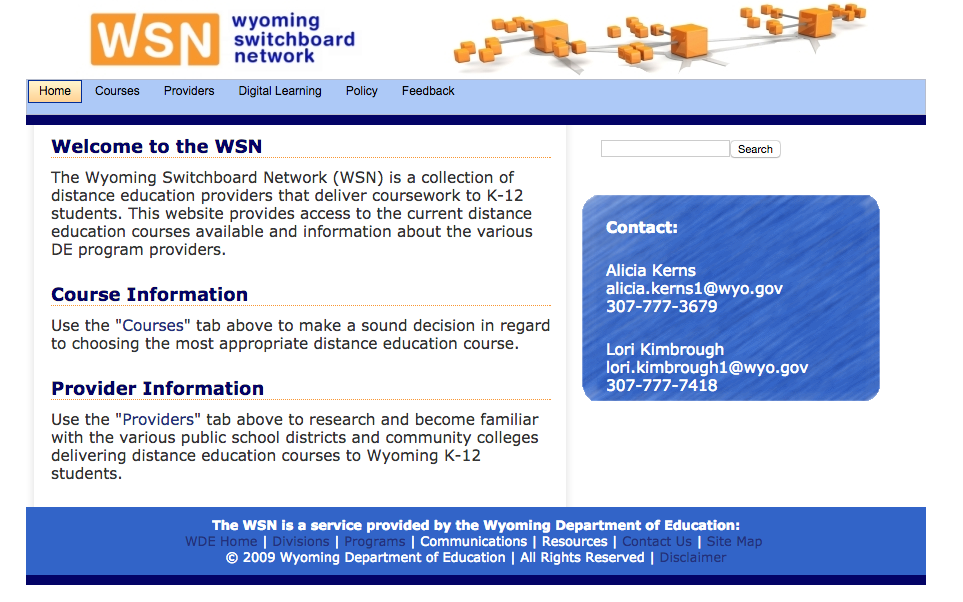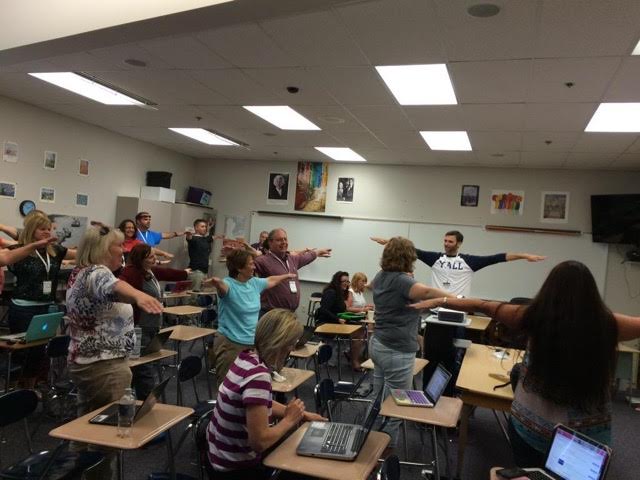The future of tech in schools isn’t suburban or urban. It’s rural.
Technology has been a key component in the planting, fertilization, growth and eventually, the blossoming of new statewide initiatives including distance education and new professional learning opportunities for educators that have benefitted students in a variety of ways. But is there a place that these initiatives are taking hold more strongly than others?
I argue that rural states are where edtech companies, investors, and media outlets should be looking to to see truly innovative implementation of technology.
I’ve got some experience with this from the past eight years. It dates back to 2008, when an educational journey began in Wyoming that revealed the important role technology plays in enhancing teaching and learning—especially in a rural state.
Creating Guidelines for Distance Education
The Problem: Sometimes, the greatest solution stems from the greatest need. The journey in Wyoming began with new legislation and funding for the development and implementation of grassroots, K-12 and postsecondary distance education courses and programs. It happened back in 2008 when new policies and funding sources were put forth with the intent to grow school districts’ abilities to supplement and meet the diverse needs of students—specifically in the face of foreign language teacher and Advanced Placement honors-level course shortages.
To Address It: To address this, state policies were developed that successfully eliminated any barriers to student access and opportunities. K-20 educators spent many hours collaborating and re-envisioning the traditional paradigm of education, researching, providing best practices and assisting with the growth and fertilization of these unique grassroots programs. Interactive video, online courses and full time programs grew rapidly in the first two years.
But there was an issue: the differences between school bell schedules across the state eventually led to the demise of interactive video courses. To respond to this, the Wyoming Switchboard Network portal put together a platform housing a listing of all available online courses and programs was born during this era, and over the years that followed, students, parents, and schools were given access to a wide variety of supplemental and full-time programs, courses and teachers—right at their fingertips.

Professional Learning Opportunities For Everyone, Everywhere
The Problem: With the rise of distance education and digital learning, it quickly became apparent that teachers across the state, no matter their level of effectiveness, needed to develop new skills and adapt their instructional style if they were to transition successfully to blended learning techniques and online instruction.
To Address It: Collaboration took place between the state and school districts, which led to the growth of several large statewide professional learning opportunities—including three successful Google Summits, Wyoming’s first Edcamp, Wyoming Technology and Engagement Curriculum monthly webinars, and a statewide conference.

Creative means of funding was utilized as fertilizer to incentive the events and remove excuses, eliminate roadblocks and increase the number of trained teachers. Expenses were paid by the Department of Education for two educators from every district to attend these events, and additional professional development money was provided through a competitive grant process.
Investing Money in the True Entrepreneurs—Educators with Good Ideas
The Problem: Wyoming has proven over the past eight years that rural states who invest can provide fertile ground for the growth of innovative education. Just because we are the Silicon Valley doesn’t mean rural states don’t have the potential to create successful edtech products and initiatives—and we may, in fact, have even more potential than over-saturated markets.
To Address It: Recently, emphasis has been placed on nurturing and supporting rural entrepreneurs through several grants, as well as with block grant funding. Competitive grant funding has provided schools and communities the ability to customize and innovate. For example, the Distance Education Grant has provided $200,000 each year for new course design and creation, professional development, program evaluation and maintenance and operational needs. Today, there are 11 school districts and 7 community colleges that have utilized the grant to plant and grow courses and programs that fit their students’ needs.
The CenturyLink Teachers and Technology mini-grants are yet another example that has put money in the hands of teachers to design innovative projects that advance student success utilizing technology. Last year, schools were awarded for projects that ranged from coding and app development to solving real-world problems using technology. These investments have removed the one-size-fits-all approach that is often found in education, and instead have provided the opportunity for schools to innovate.
The creation and growth that has already taken place in Wyoming is exciting, but we must continue to take advantage of the the important role technology has played to engage students and create greater learning opportunities for students living in a rural state. We can be the example.
They don’t call us Silicon Prairie for nothing.


